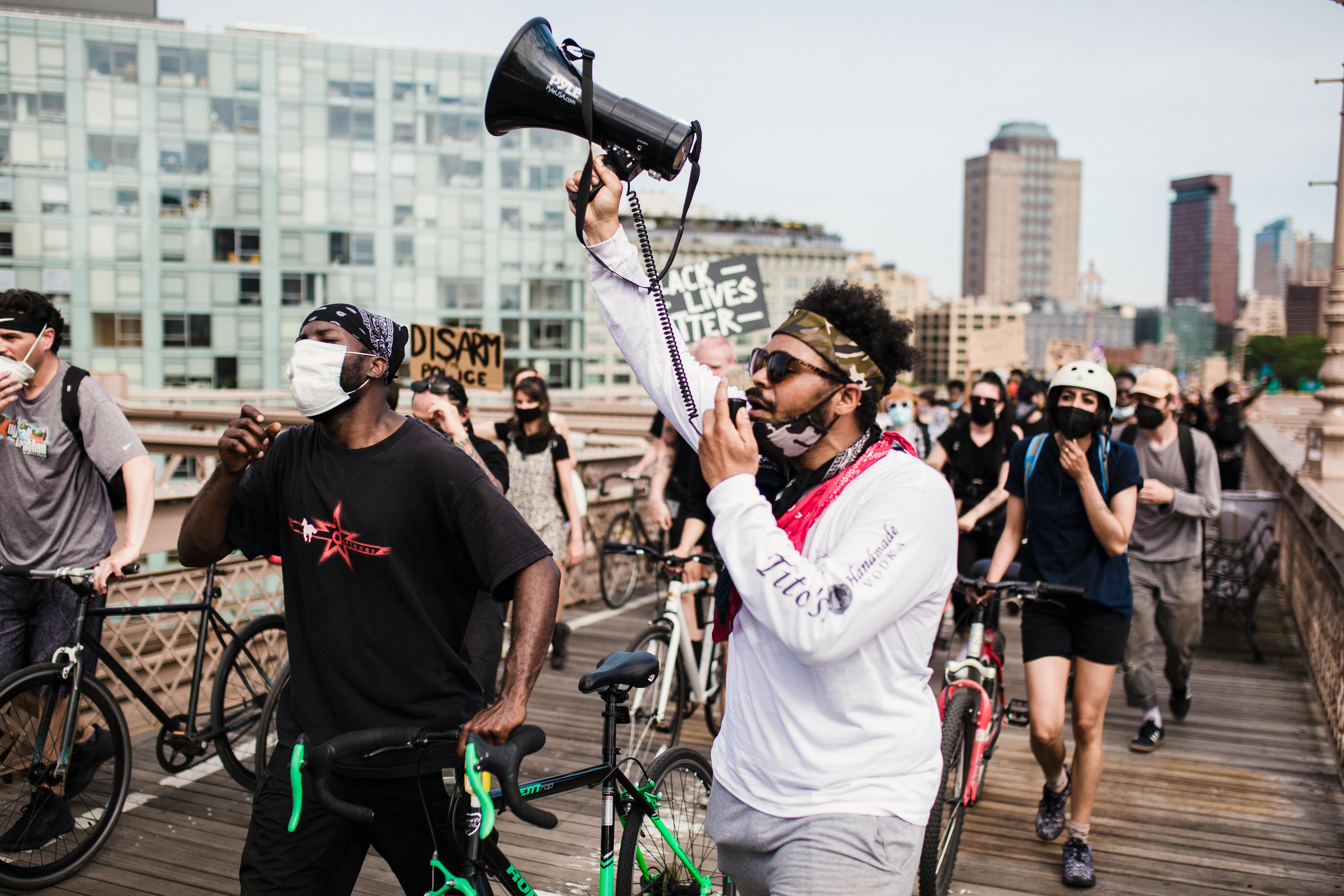Cover letters are not so much a part of your “Job Seeker’s Toolkit” as they are part of implementing your overall “self-marketing” strategy. That’s right, a cover letter is a sales presentation in disguise!
With cover letters, look for a very tangible goal: a job interview. Cover letters are the most widely used method of presenting your credentials to an employer. And they can serve as one of your best selling tools!
Avoid the “standard and boring” types of cover letters that employers receive every day. “I’m very interested in a position with Motley Corporation as a Programming Analyst. Attached is my resume…” A letter like this basically says, “Hey, I need a job and here’s my resume.” Not a very impressive sales presentation, is it? More importantly, it does nothing to set you apart from the crowd of other applicants who send the same kind of standard, drab letters with their standard, drab resumes.
In a professional level search, there are different letters for different purposes!
Many times during the implementation of your entire search campaign, you will rely on a written letter to speak for you. The way you present yourself on paper can make or break your success during any phase of the process.
Just think of all the different situations in which letters can be useful in opening doors, making a good first impression, and keeping your candidacy front and center in the eyes of key decision makers. These include:
* Letter responding to an advertised vacancy
* Follow-up letter from a personal or professional reference (this is my favorite)
* Cover letter to a decision maker (called a “cold focus letter”, my least favorite type of cover letter)
* Thank you letter (after the first meeting)
* Follow-up letter (after multiple meetings/interviews)
* Response to a job offer letter
* And others…
In general, there are three parts to a cover letter, with the middle part being a kind of sales presentation. Here is the schematic:
Part 1: Introduction – Explain why you are writing to the employer. Did you see a job posting? was recommended by a friend or colleague; he saw one of his executives present at a conference or meeting; Did you read anything in the economic press about the company? Be specific and use your research. Give the recipient of your correspondence an idea of their knowledge by referring to industry trends, specific events, or media coverage. This is the best way to show his interest in the organization.
Part 2: The Sales Presentation – To effectively sell yourself, tell the employer your qualifications and give examples of your relevant experience. The same elements that make your resume effective work in your cover letter: use action words; be brief; be specific. Write about particular achievements and use facts and numbers to support them.
Part 3: Wrap Up and Closing – Be sure to restate in one sentence what you can do for the organization. Wrap your cover letter as tightly as you opened it. Repeat your interest in working with the company and why. It’s hard for an employer to resist genuine interest and enthusiasm, combined with your knowledge of the company! Close the letter by directly requesting an interview. Take charge of the process by indicating a timeframe by which you will call. Then follow up exactly as promised to show how responsible and professional you are!
As you can now see, cover letters can serve many purposes, the most important of which is to “sell” you when you’re not in person with the hiring manager. When your cover letters are written correctly, they should make a big difference in your job search. This, in turn, will lead to more interviews and ultimately more job offers!

